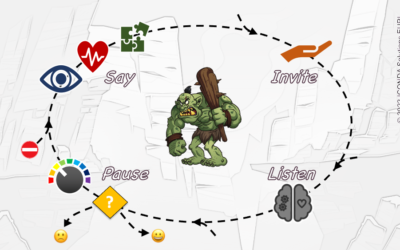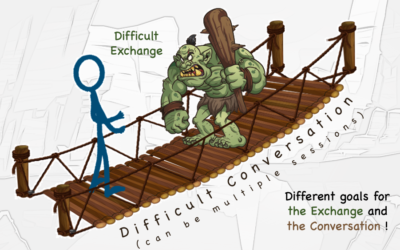Cycling quite fast down a narrow mountain road, I met a lorry coming up it. The result was eight broken ribs on one side, a broken shoulder on the other and a huge problem with getting out of bed.
Problem-solving methodologies can be usefully classified as either Systemic or Analytical and this was a great occasion to try them both out.
The first morning, desperate to get out of my hospital bed and service my needs, I wriggled, waved my legs in the air and groaned for over half an hour before I could stand up. Two days later, my record exit time was still around three minutes, and I could have had a viral YouTube clip if there had been a camera around.
But I was making progress, working out which movements pulled which muscles, how to tip my balance with minimum effort and trying different configurations of the bed (an all singing and dancing wonder). This good old-fashioned, calculating, analytical approach was helping, even though I was running out of new ideas and into lots of pain.
Then, around midnight on the third day, I finally asked myself the right question: “what am I trying to do here?”. This is a fundamental question in the systemic approach, forcing you to focus on what you’re trying to achieve rather than on the components of the system or the causes of the problem to be solved.
Well, I haven’t got a PhD for nothing, and I quickly came back with the answer: get to a standing position, without too much pain and reasonably quickly.
Taking this step back seemed to jolt my brain out of a rut. Rather than attempting “more of the same” and further refining my analysis, I tried to imagine the “whole system” – me and the bed, basically – and what success would look like. Then it occurred to me that I’d only ever tried to get out of one side of the bed. Why not try the other side?
And guess what? I got out in 30 seconds, tops, with no pain at all. I had literally been getting out of the wrong side of the bed!
So, don’t cycle too fast downhill and, the next time you’re stuck with a problem, consider a systemic approach, starting with your objectives!






